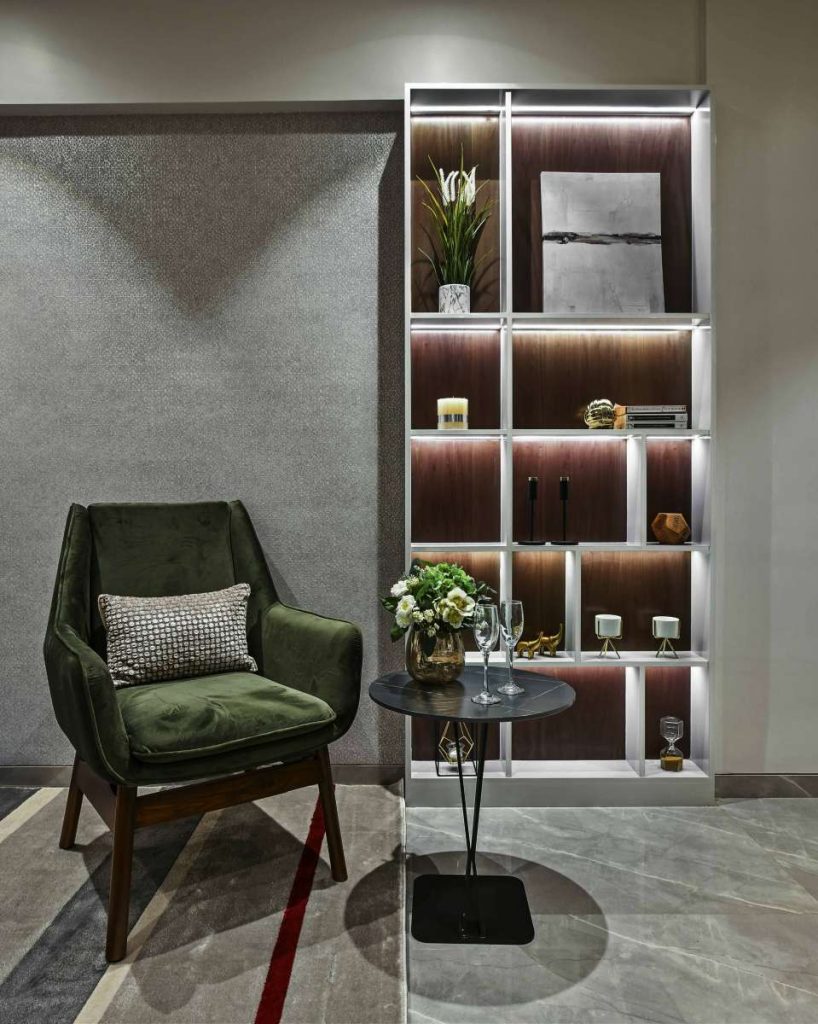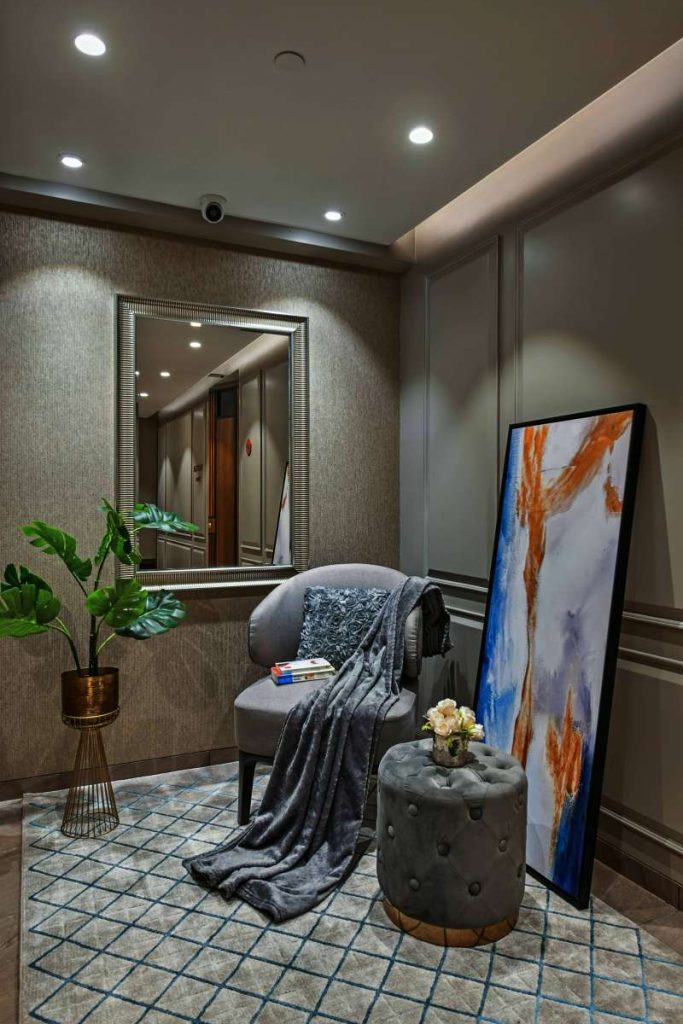Enter the wonderful world of pendant lights, where artistic illumination becomes the focal point of imaginative designs. The enigmatic touch of these lighting solutions transforms ethereal lighting styles into bedside wonders…writes Janavi Javeri
As urban dwellings shrink in size, every inch of space has become ever more valuable. And what space deserves more attention than the sanctuary of our bedrooms? The quest for a harmonious blend of functionality and aesthetics often leads us to explore innovative alternatives to traditional table lamps. Enter the realm of wall and pendant lights, where intelligent design and artistic expression converge to create a truly refined and captivating ambiance. In the pursuit of enhancing bedside aesthetics, here are the hidden advantages of wall and pendant lights over traditional table lamps.
Practicality Meets Aesthetics:
By donning the walls with sleek and tasteful lighting fixtures, bedside tables are unburdened from the confinement of table lamps. This liberates additional surface area, allowing for essential bedside items like books, alarm clocks, or personal mementos to be effortlessly showcased. Wall lights with adjustable arms ensure the perfect blend of functionality and charm, providing adjustable task lighting without needing a dedicated table.
Space Sculpting with Pendant Lights:
Enter the wonderful world of pendant lights, where artistic illumination becomes the focal point of imaginative designs. The enigmatic touch of these lighting solutions transforms ethereal lighting styles into bedside wonders. Incorporating pendant lights above nightstands or hanging them gracefully from the ceiling brings a sense of whimsy and sophistication to every quiet corner. The pendant light’s soft, diffused glow blankets the room, setting a tranquil atmosphere while eliminating the need for space-consuming table lamps.

Aesthetic Flourishes:
Wall and pendant lights accentuate the overall aesthetic of a bedroom. It is an opportunity to embrace and declutter bedside surfaces, creating a clean and minimalist look. The strategic placement of these fixtures ensures that the room appears more extensive and open, suggesting an air of tranquil luxury. The versatility of these lighting solutions offers an enticing array of designs that seamlessly blend into various interior themes, ensuring that personal taste and style are never compromised.

Versatility Redefined:
Wall and pendant lights transcend the boundaries of traditional lighting fixtures, with their flexibility extending far beyond the confines of the bedside table. These luminaires can be strategically positioned to create a sense of balance and harmony in the room, elevating its overall atmosphere. Furthermore, their versatility makes them ideal for smaller spaces, where every square inch must be utilized intelligently. Wall and pendant lights transform even the most tiny bedrooms into inviting sanctuaries by spreading a warm and inviting glow throughout the room.
As we step back from the world of optimized bedside spaces illuminated by the mesmerizing allure of wall and pendant lights, one truth becomes abundantly clear: they represent the pinnacle of intelligent design and refined aesthetics. Through their ability to save space, offer intimate illumination, elevate aesthetics, and redefine versatility, these ingenious lighting alternatives have carved a niche in interior design.
ALSO READ-SKIMS and Swarovski Join Forces for a Stunning Collection







